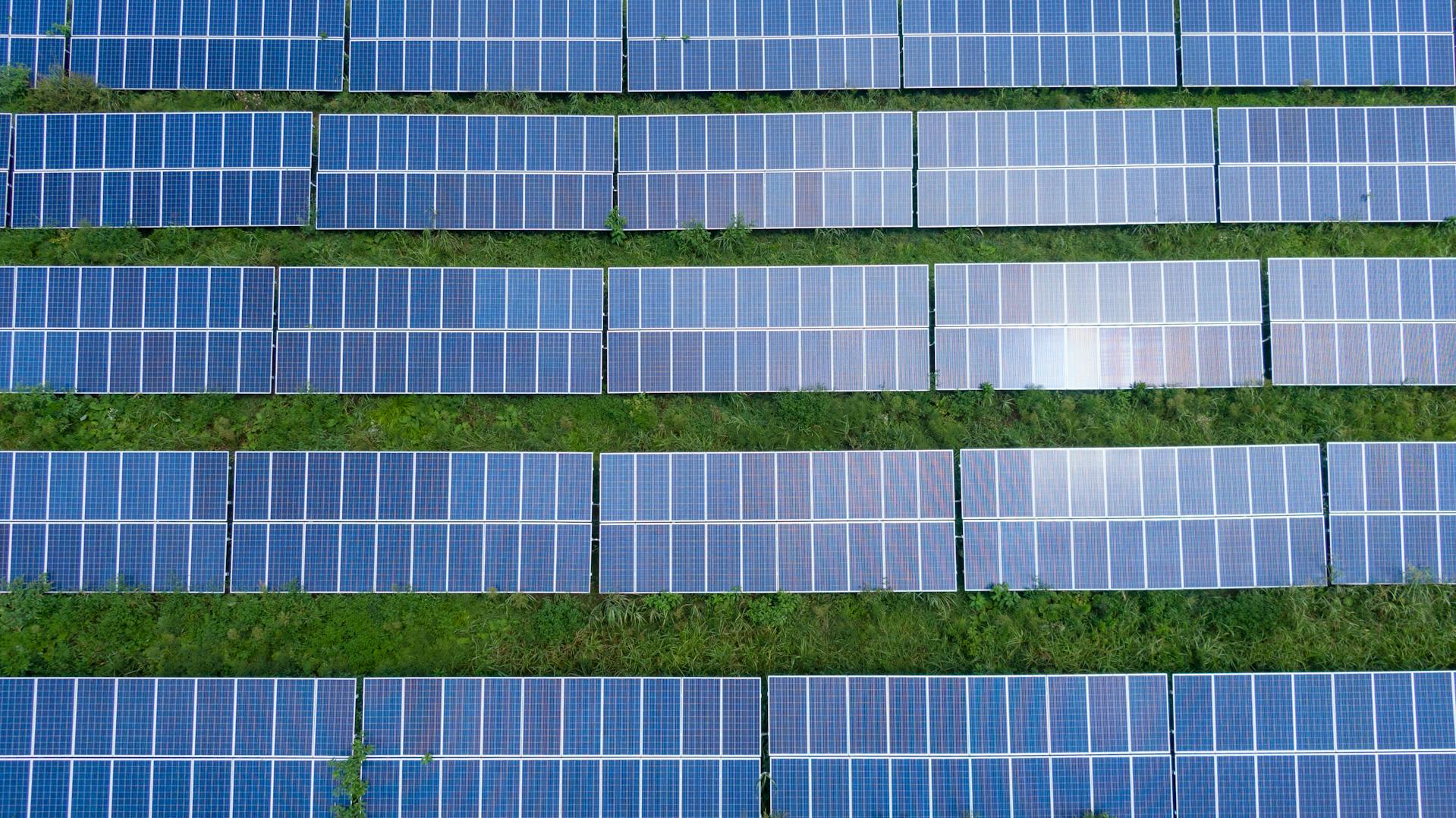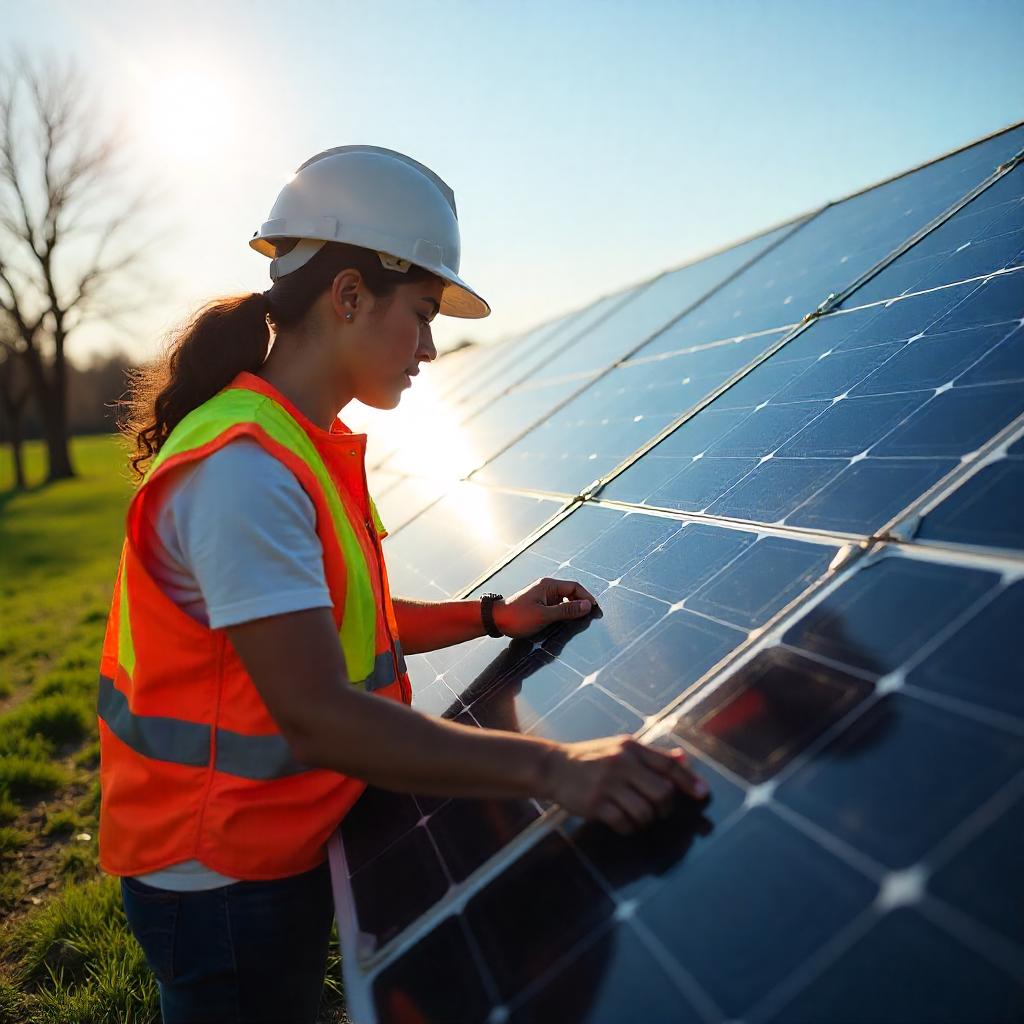As you consider switching to solar energy, you’re probably wondering how to make it more affordable. That’s where solar panel subsidies in India come in. You might be eligible for significant financial support, but maneuvering through the various schemes and incentives can be overwhelming. With the Indian government offering up to 40% off installation costs for eligible residential consumers, it’s worth exploring your options. But how do you determine your eligibility, and what’s the process for securing these subsidies? The answers to these questions can make all the difference in your decision to go solar.
Solar Panel Subsidy in India
Solar Panel Subsidy in India
The Indian government is promoting the use of solar energy, and you can benefit from various subsidy schemes that make solar panels more affordable for households across the country. These schemes encourage people to adopt solar panel technology, which is a renewable energy source.
The government has launched programs like the PM Surya Ghar Muft Bijli Yojana to promote the use of solar energy. This scheme offers subsidies that cover up to 40% of the installation costs, making solar energy more accessible to low and middle-income families. This means you can install rooftop solar panels at a lower cost and reduce your reliance on traditional energy sources.
Anmak Solar, a leading provider of solar installation services, ensures quality and efficiency in solar panel setups. By choosing a reliable service provider, you can be sure that your solar panel installation is done correctly and efficiently.
Eligibility Criteria for Solar Subsidy
To get a solar panel subsidy, a person must meet certain conditions. They need to be a residential consumer with a valid electricity connection. The subsidy is available for systems up to 3 kW, with a maximum subsidy of â¹78,000.
Some states also offer their own subsidies, which can be availed alongside the central subsidy. It’s essential to ensure that the solar panel system is installed by a certified provider, like Anmak Solar. This guarantees quality and efficiency in solar panel setups. It also ensures a smooth installation process and maximum benefits from the subsidy.
Regular solar panel maintenance is crucial to optimize the performance of the system and increase its lifespan. The Indian government promotes renewable energy awareness to encourage more households to adopt solar energy. This helps reduce their carbon footprint and contributes to a sustainable future.
Understanding Subsidy Amounts and Structures
The amount of money you can get as a subsidy for installing solar panels depends on the size of the system you install. The bigger the system, the more subsidy you get, but only up to a certain point. For example, if you install a system up to 2 kW, you get â¹30,000 for each kW. If you install a 3 kW system, you get a total of â¹78,000 as subsidy. If you install a system bigger than 3 kW, you still get â¹78,000 as subsidy. This system is designed to make it easier for people to afford solar energy.
When you’re thinking about how to pay for your solar panels, you need to understand how the subsidy works. Anmak Solar can help you with that. They can analyze how much subsidy you can get based on the size of your system, so you can make smart decisions about your installation.
State-wise Solar Subsidy Details
Different States, Different Benefits
Different states in India offer their own solar subsidy schemes to encourage the use of solar energy. These state-specific benefits are in addition to the central government initiatives. Understanding these state-specific benefits is crucial to maximize savings.
State Initiatives
Uttar Pradesh, for example, has launched government land solar parks to increase its solar capacity. Kerala offers a 20% subsidy for group housing societies. Maharashtra has a strong solar policy that provides financial assistance for cottage industries. West Bengal requires solar installations in large housing societies. Knowing these regional policies can help individuals take advantage of the specific benefits available in their state.
Step-by-Step Application Process for Subsidy
To apply for the solar panel subsidy, one needs to navigate the application process correctly to get the maximum benefits.
First, register on the PM Surya Ghar Muft Bijli Yojana portal and submit the necessary documents, including the electricity bill and identity proof.
Next, get the solar panel installation done by a certified provider like Anmak Solar. After the installation, submit the bank details to receive the subsidy directly.
Tips for a Smooth Application Process
To ensure a hassle-free experience, make sure all documents are accurate and up-to-date.
Keep a record of the application progress.
Working with experienced providers like Anmak Solar can guide you through the process and resolve any issues that may arise. This will help maximize the subsidy and minimize potential delays.
Key Benefits of Solar Panel Installation
Save Money with Solar Panels
By installing solar panels, homeowners can greatly reduce their electricity bills and even earn money by selling excess power back to the grid. This is possible because of net metering, which lets them offset their energy consumption with the excess energy produced by their solar panels.
As a result, they contribute to environmental sustainability by reducing their carbon footprint.
Community Solar Programs and Easy Maintenance
Solar panel installation also offers a chance to participate in community solar programs. In these programs, multiple individuals or organizations share the benefits of a single solar array. This model is great for those who can’t install solar panels on their own property.
Moreover, solar panel maintenance is relatively low-cost and easy to manage, ensuring the system remains efficient and effective over its lifespan.
Government Subsidies and Incentives
The Indian government’s solar panel subsidy schemes make the financial benefits of solar energy more accessible than ever. By switching to solar, homeowners can save up to â¹18,000 crores annually, as envisioned by the PM Surya Ghar Muft Bijli Yojana.
Anmak Solar helps homeowners navigate the benefits and incentives of solar energy, ensuring a seamless change to a cleaner, more cost-effective power source.
Challenges and Solutions in Solar Adoption
Challenges in Adopting Solar Energy
Despite its many benefits, solar energy faces several challenges that prevent its widespread adoption. One major challenge is the high upfront cost of installing solar panels. This can be addressed through financing options like loans or subsidies, which reduce the financial burden.
Lack of awareness is another significant challenge. Many homeowners aren’t aware of the benefits and feasibility of solar energy. This can be tackled through public awareness campaigns that educate people about the advantages of solar energy.
Bureaucratic hurdles are also a major obstacle. The application and installation process can be complex and time-consuming. This can be navigated with the help of experienced providers like Anmak Solar, who guide homeowners through the process.
Conclusion: The Future of Solar Energy in India
Government’s Commitment to Solar Energy
The Indian government is committed to expanding solar capacity. Initiatives like the PM Surya Ghar Muft Bijli Yojana show that the government is serious about solar energy.
As a result, India can expect a significant shift towards renewable energy policies.
Benefits of Solar Energy
The cost of solar panels is decreasing, and solar systems are becoming more efficient. This means more households and businesses will adopt solar energy, leading to a significant reduction in carbon emissions.
With companies like Anmak Solar providing quality installation services, the future of solar energy in India looks bright.
Switching to Solar Energy
When considering switching to solar energy, remember that it’s not only about saving money on electricity bills. It’s also about contributing to a sustainable future for generations to come.
With the government’s goal of achieving 40% of its energy from non-fossil fuels by 2030, solar energy is an important step towards a cleaner environment.



